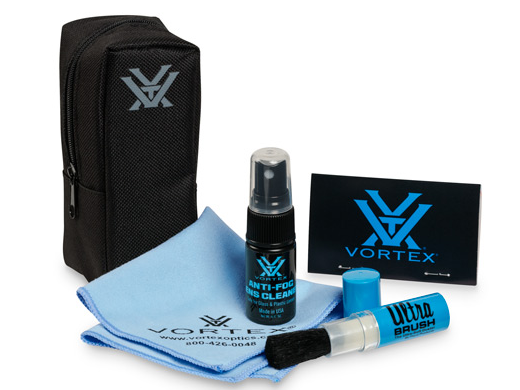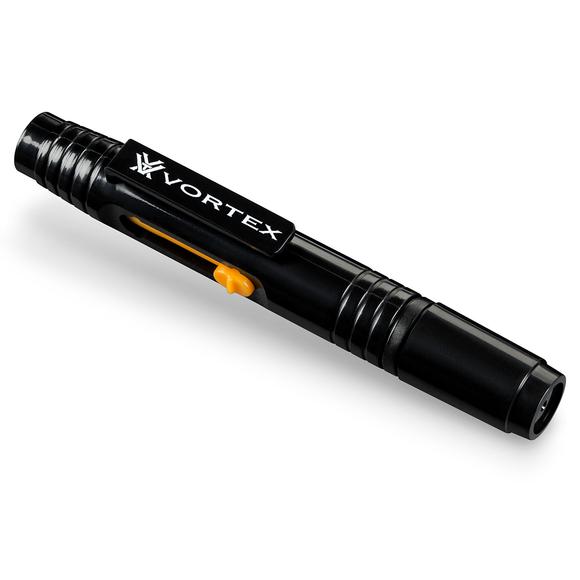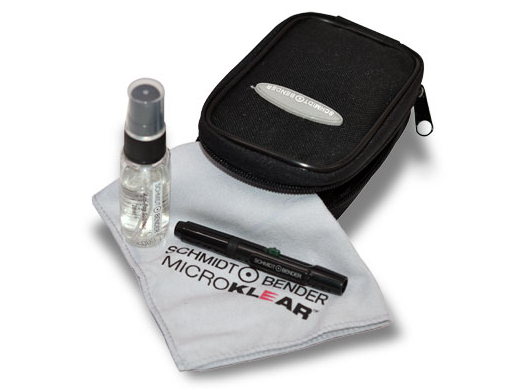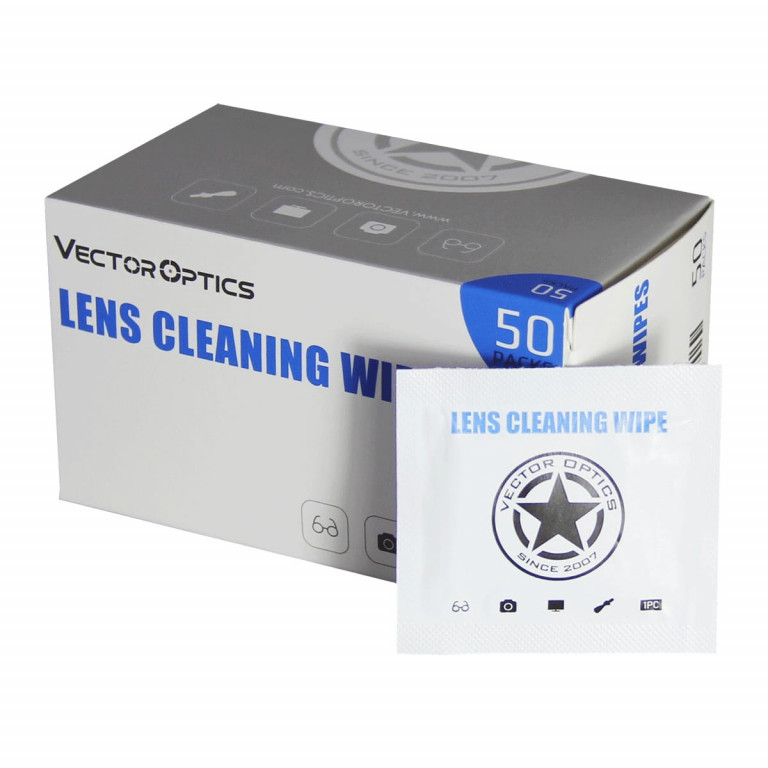Rifle Scope Cleaning, Maintenance & Storage Guide
A rifle scope is a vital part of your shooting setup, whether for hunting, tactical use, or precision shooting. Proper care ensures it remains clear, accurate, and reliable for years. However, scopes are delicate instruments with precise optics and intricate mechanisms that require proper handling. This guide will walk you through the best practices for cleaning, maintaining, and storing your rifle scope to keep it in top condition.
Why Proper Scope Maintenance Matters
Maintaining your scope properly ensures that it provides clear and crisp images, allowing for accurate targeting. A dirty or damaged scope can reduce visibility, distort your view, or even throw off your shot placement. Regular care helps prevent damage to delicate coatings and moving parts, extending the lifespan of your investment. It also reduces the chance of internal fogging or lens scratches, which can severely impact performance. Additionally, keeping your scope in good condition ensures that your zero remains consistent, so you can trust your shots every time.

What NOT to Do – Common Mistakes That Can Ruin Your Scope
One of the most common mistakes is using household glass cleaners like Windex. These often contain ammonia, which can strip protective coatings from your scope lenses. Instead, always use a lens-specific cleaner designed for coated optics. Another mistake is wiping your lenses with paper towels, tissues, or even your shirt sleeve. While they may seem soft, these materials contain tiny fibers that can cause micro-scratches on the lens surface over time.
Blowing on the lens to remove dust is another bad habit. Your breath contains moisture and tiny particles that can leave residue or fog the lens. Instead, use a soft lens brush or compressed air to remove dust and debris safely. Additionally, never submerge your scope in water, even if it’s waterproof. Over time, seals can degrade, and water may seep into the scope, leading to internal fogging, mould growth, or rust.
Avoid touching the lenses with your bare fingers. The natural oils on your skin can degrade lens coatings over time. Always use a clean microfiber cloth or lens brush when handling the optics. Lastly, be cautious when tightening your scope’s mounting rings and screws. Over-tightening can distort the scope tube, affecting alignment and accuracy. Follow the manufacturer’s torque specifications when making adjustments.

The Right Way to Clean Your Scope
Essential Cleaning Supplies
To properly clean your scope, you’ll need the right tools. A soft lens brush or compressed air is essential for removing dust and debris without scratching the lens. A microfiber cloth is ideal for gently wiping the lenses, while a lens cleaning solution designed for coated optics will safely remove smudges and dirt. Cotton swabs can help clean small crevices, and a silicone-treated cloth is useful for wiping down the body of the scope.
Step-by-Step Cleaning Guide
- Remove Loose Debris: Use a lens brush or compressed air to remove any loose dust or dirt from the lenses and scope body. Never wipe the lens if there is visible dust, as this can cause scratches.
- Apply a Lens Cleaning Solution: Dampen a microfiber cloth with an optics-specific cleaning fluid. Avoid spraying liquid directly on the lens, as excess liquid can seep into the scope and damage internal seals.
- Wipe the Lenses Gently: Using light, circular motions, wipe the lenses from the center outward. This technique helps prevent streaks and ensures an even clean. Avoid pressing too hard—let the cloth do the work.
- Clean the Scope Body: Use a silicone-treated cloth or slightly damp microfiber cloth to wipe the exterior of the scope. Pay extra attention to the turrets and adjustment knobs, where dirt and grime tend to accumulate.
- Dry the Scope Completely: If any moisture remains, take a dry microfiber cloth and wipe down the scope until it is completely dry. Ensure the scope is fully dry before storing it to prevent moisture-related damage.

Routine Maintenance & Storage
Best Practices for Long-Term Scope Care
- Always store in a dry, climate-controlled environment. Use silica gel packs to absorb moisture.
- Keep lens caps on when not in use to protect against dust, scratches, and impacts.
- Transport rifles in padded cases to prevent damage.
- Regularly check mounting rings and screws. Avoid over-tightening.
- Allow the scope to acclimate to temperature changes before use to prevent condensation.
- After impacts or recoil, check and re-zero your scope.

Troubleshooting Common Scope Issues
If your scope appears cloudy or blurry, the most likely cause is either dirty lenses or internal fogging. Clean the lenses following the proper steps, and if fogging occurs, store the scope in a dry place with silica gel packs to absorb moisture.
If you have difficulty adjusting the scope’s turrets, dirt or debris may be lodged inside. Use compressed air to clean the turret area and gently wipe it down. If your reticle appears off-center, your scope mount screws may have loosened over time. Re-tightening the screws and re-zeroing your scope should fix the issue.
How Often Should You Clean Your Scope?
The frequency of cleaning depends on how often you use your rifle and the conditions you expose it to.
- After every shooting session: Do a light cleaning by removing dust and wiping down the exterior.
- Monthly: Perform a deeper clean by inspecting the lenses, tightening screws, and checking zero.
- Before and after hunting season: Conduct a full inspection, cleaning, and maintenance check to ensure your scope is in top shape.

Should I Get Flip Covers for My Scope?
Flip-up covers, or bikini covers, are essential accessories for keeping scopes clean and protected, ensuring optimal performance in various environments. These covers act as a shield against dust, dirt, moisture, and debris, which can obstruct the lens and impair vision. By providing a layer of protection, flip-up covers help prevent scratches and smudges that could affect the clarity of your scope. They are particularly valuable in outdoor or rugged settings, where exposure to harsh elements is inevitable. Moreover, their quick and easy-to-use design allows for fast access to the scope when needed, without the hassle of removing or adjusting complex covers. Whether for hunting, shooting sports, or any other outdoor activity, flip-up covers ensure that your scope stays in pristine condition, prolonging its lifespan and maintaining accuracy.
Final Thoughts
Properly maintaining your rifle scope doesn’t take much time, but it ensures years of reliable performance. By using the right cleaning materials, handling your scope carefully, and storing it properly, you can prevent damage and maintain clear, accurate optics for the long haul. Following these best practices will keep your scope functioning at its best, ensuring that every shot counts.
Top Lens Cleaning Solutions for Your Optics
Proper lens maintenance ensures clarity and longevity, whether you're a hunter, shooter, or outdoor enthusiast. Here are some essential products to keep your optics in top condition:
- Vortex Fog Free Lens Cleaning Field Kit – Ideal for field use, this kit prevents fogging while cleaning your lenses. Perfect for humid or cold conditions. Check it out here.
- Vortex Lens Cleaning Pen – A compact tool designed for quick, effective cleaning, featuring a retractable brush and cleaning pad to remove dust and smudges. Check it out here.
- Schmidt & Bender Lens Cleaning Kit – This high-quality kit ensures safe cleaning and protection of your delicate lenses, preserving their performance. Check it out here.
- Vortex Fog Free Lens Cleaning Kit – A convenient, travel-friendly kit to clean and prevent fog on your lenses, ideal for outdoor environments. Check it out here.
- Vector Optics Pre-Moistened Alcohol-Free Cleaning Wipes – Pre-moistened wipes in a 50-pack, perfect for a quick and safe clean without damaging lens coatings. Check it out here.






